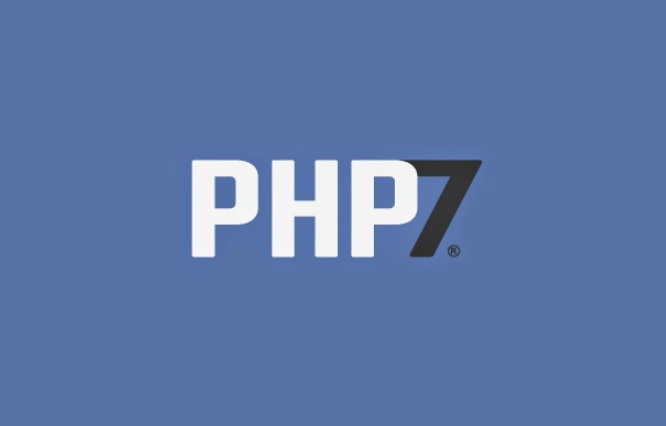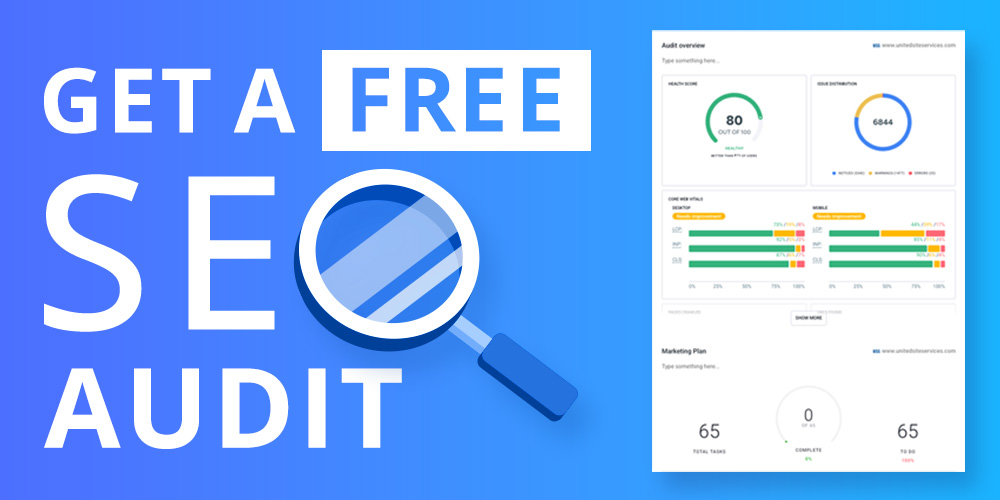


Developers running PHP-enabled websites such as WordPress, Drupal, Joomla, or Magento along with PHP frameworks like Laravel and Symfony should stay up-to-date with the latest version and trends in PHP. Upgrading your site to PHP 7 will ensure you get all the latest benefits and security. Learn about the benefits of PHP 7 and how to get it up and running on your website.
About 98% of websites are still using PHP version 5.*. With PHP5 being more than 11 years old now, it’s time to upgrade to PHP 7 and clean up those obsolete functions. The PHP project has a list of 削除された機能 as well as a list of 削除されたAPIと拡張機能, which will guide you in porting PHP 5 to PHP 7 code.
Most big blog systems such as WordPress, content management systems (CMS) like Joomla, and e-commerce sites like Opencart support PHP 7 out-of-the-box. Make sure you’re running the latest version of WordPress or your CMS and switch your webserver to PHP 7. Many services updated automatically to stay on top of new releases and trends. If you are unsure what version of PHP you’re running, contact your web hosting company. Many video tutorials are available to guide you through installing or upgrading to PHP 7.
In the beginning of 2015 the first alpha of PHP 7 has been released. The first stable (v7.0.0) PHP was released December 1, 2015. Currently, the PHP community is busy with version 7.0.8 (release candidate) and 7.1.0 alpha. PHP version 7.0.7 is released as stable. Most important issues have been resolved, and PHP 7 is mature enough to use in production.
What about version 6? PHP 6 was never released, although it was in originally in development. The idea was to introduce Unicode in PHP 5, calling it PHP 6. Unicode is a computing standard for the encoding and representation of text. Due to the complexity of introducing Unicode, PHP 6 was never released. Unicode doubled the memory consumption and impacted the performance due to conversions, and PHP 6 was abandoned. Moving forward, it was decided the newest version of PHP would be named PHP 7 while skipping PHP 6 altogether.
PHP 5からPHP 7に移行する最大の理由の一つは、速度の向上です。DrupalとWordPressの測定値の比較については、以下のベンチマークをご覧ください(バーの値が大きいほどパフォーマンスが優れています)。
PHP 5 と PHP 7 の Web サイト (2 倍高速!)
PHP バージョンと HHVM (PHP 用の仮想マシン) のリクエスト/秒での別の比較 (この場合も、値が高いほど優れています)。
PHP 5.6 対 HHVM 3.11 対 PHP 7.0。
PHP 5、HHVM、PHP7 間の応答時間 (短いほど良い)。
PHP 5、HHVM、PHP7 間の応答時間。
最後に、PHP 5、HHVM、および PHP7 のメモリ使用量を RAM のメガバイト単位で比較します (少ないほど良い)。
PHP 5、HHVM、PHP 7のメモリ使用量
You can download the 公式サイトから最新のPHP 7バージョンを入手.
If you have a Debian server running with PHP, try-out ドットデブ, which provides up-to-date packages (32bit & 64 bit) for Debian servers. It includes Nginx and MySQL as well as PHP 7!
GNU/Linuxディストリビューションによっては、パッケージマネージャーでPHP 7が既に利用できる場合があります。また、特定のディストリビューション向けにPHPをアップグレードするためのビデオチュートリアルが用意されている場合もあります。

"*" indicates required fields

"*" indicates required fields

"*" indicates required fields
You must be ログイン to post a comment.